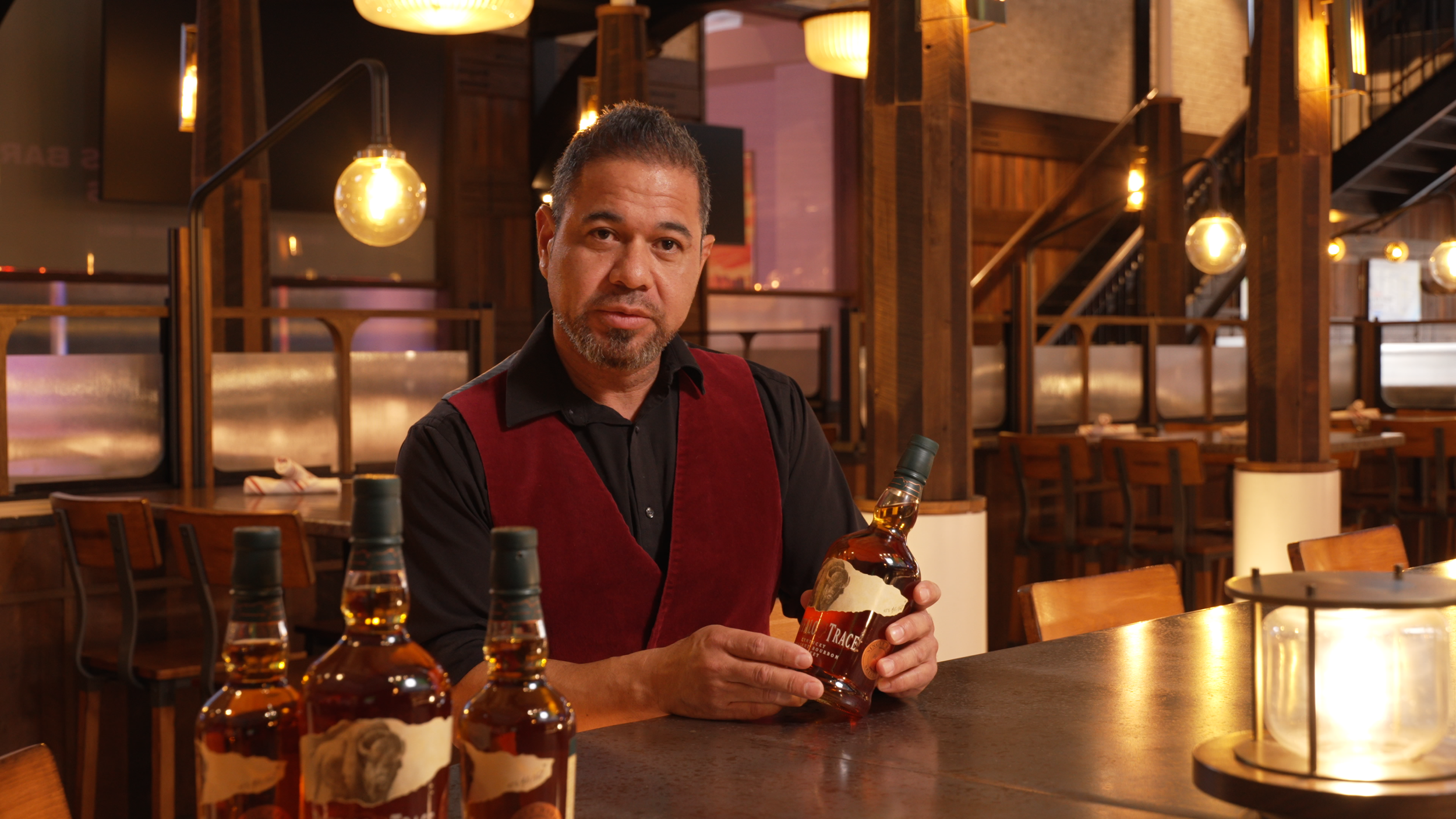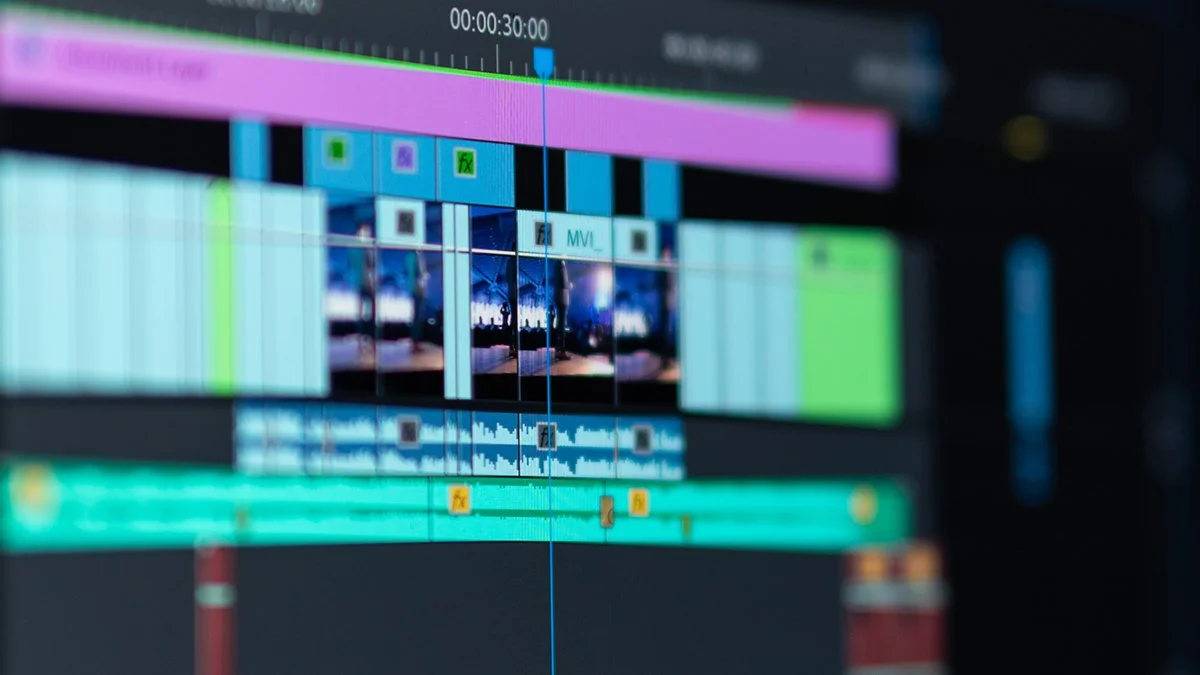Shooting with the Chef: Elevating Your Restaurant Marketing Video
Tips for taking your food and beverage content from good to great!
In the competitive world of restaurant marketing, a great marketing video about your establishment can set you apart from the rest. Whether you're promoting your culinary creations, showcasing your ambiance, or giving your audience a behind-the-scenes look, creating high-quality restaurant content is essential for attracting customers. Let’s talk through the advantages and challenges of shooting a great piece food and bev marketing content, and look at some techniques that will elevate it even further, delivering your message to the right people in a way that compels them to come in and join you!
Advantages of Restaurant Video Marketing:
1. Visual Appeal: Video engages viewers more effectively than text or static images. A well-crafted video can showcase the beauty of your restaurant, its dishes, and its unique atmosphere.
2. Storytelling: Videos allow you to tell a compelling story about your restaurant, highlighting its history, chef's inspiration, or the passion behind your cuisine.
3. Increased Reach: Share your video on social media platforms, your website, and in email marketing campaigns to reach a wider audience.
Challenges of Shooting in a Restaurant:
1. Low Light Conditions: Restaurants often have dim lighting, which can be challenging for video production. However, it also provides an opportunity to create a cozy and intimate atmosphere.
2. Noise: Background noise can disrupt audio quality. Consider using external microphones to capture clear sound or add a voiceover in post-production.
3. Crowded Spaces: Restaurants can get busy, making it difficult to shoot without disturbing patrons. Plan your shoot during off-peak hours or work closely with restaurant staff to minimize disruptions.
Shooting Techniques:
1. Camera Settings: Use a camera with good low-light performance (a DSLR or mirrorless camera). Set a wide aperture (low f-stop) for more light and a shallow depth of field, creating a cinematic look.
2. Stabilization: Utilize a tripod or a gimbal to ensure steady shots, especially when capturing food close-ups or interviews with the head chef.
3. Composition: Frame your shots carefully. Capture the restaurant's exterior, interior, food preparation, and diners enjoying their meals. Vary shot angles to keep the video visually engaging.
Lighting Tricks and Techniques:
1. Natural Light: Whenever possible, use natural light. Shoot near windows during daylight hours to achieve a warm, inviting ambiance.
2. Light Diffusion: Diffuse artificial lighting to create a soft, flattering look. Use softboxes, umbrellas, or bounce lights off walls and ceilings to avoid harsh shadows.
3. Color Temperature: Ensure consistent color temperature in your shots by adjusting white balance settings on your camera.
Practical Effects and Props:
1. Food Styling: Work with a food stylist to make dishes look mouthwatering on camera. Use garnishes, steam, and slow-motion shots to highlight textures and flavors.
2. Table Settings: Arrange table settings creatively to complement your restaurant's theme and add visual interest.
3. Slow Motion: Slow-motion shots can make food and beverages appear more enticing. Use a high-frame-rate setting on your camera and edit in post-production.
Shooting the Head Chef:
1. Preparation: Plan the chef's appearance ahead of time. Ensure they wear clean and appropriate attire that reflects the restaurant's image.
2. Interview: Record an interview with the head chef to showcase their expertise and passion. Use close-ups to capture their expressions and hands-on cooking techniques.
Editing Tips:
1. Storytelling: Organize your footage into a compelling narrative. Include voiceovers or interviews to convey the restaurant's story effectively.
2. Color Grading: Enhance the visuals by color grading. Adjust colors to match the restaurant's branding and create a consistent look.
3. Sound Editing: Remove background noise and add background music that matches the mood of the restaurant.
In conclusion, shooting a high-quality restaurant marketing video requires attention to detail and creative storytelling. By overcoming the challenges of low light and noise, utilizing effective shooting and lighting techniques, and carefully editing your footage, you can create a visually stunning and emotionally engaging video that sets your restaurant apart from the competition. Capture the essence of your restaurant and the passion of your head chef to leave a lasting impression on your audience and potential customers. If you're in Las Vegas and looking for professional video production services to elevate your restaurant's marketing, contact us today for a video that will drive customers through your doors.
BONUS:
Below is a great video by Wilson K. Lee that can help with restaurant INSTAGRAM design. Have a look!




